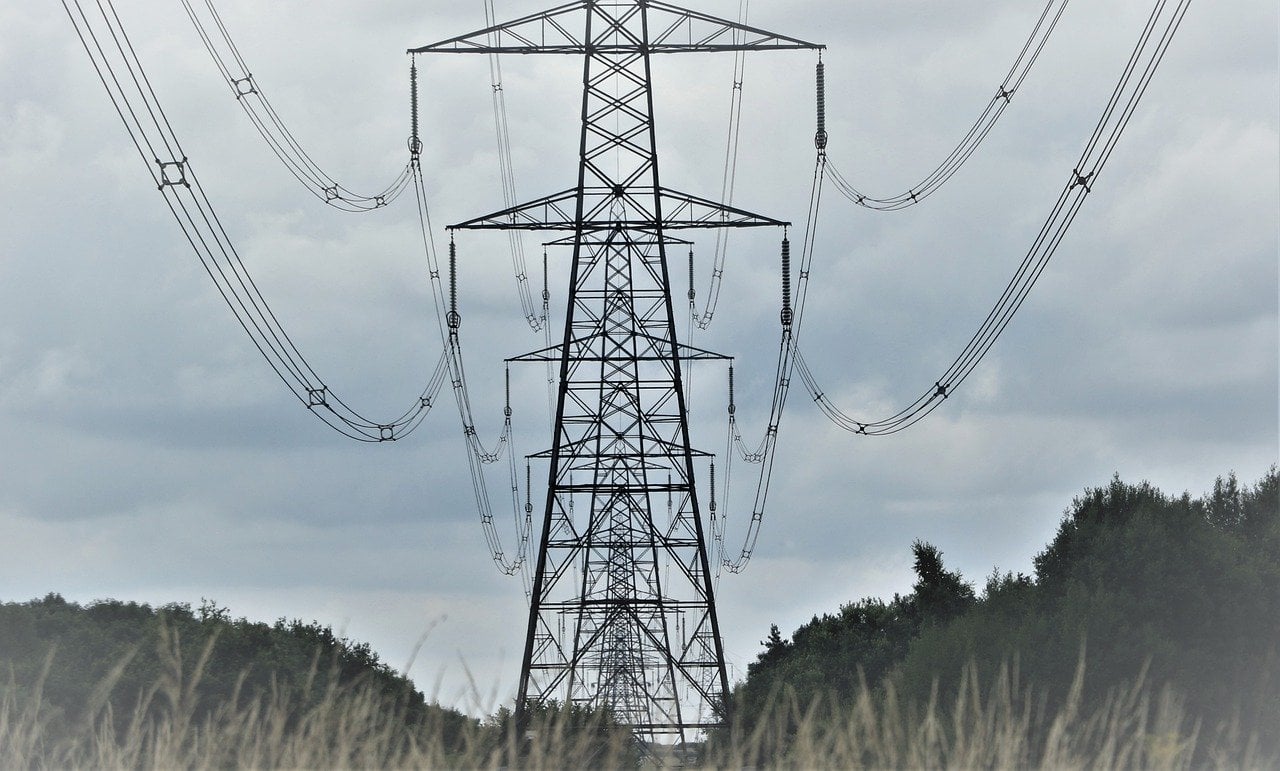Three shareholder resolutions have been filed at the largest U.S. gas and electric utilities asking the companies to disclose the potential that their planned or existing natural gas infrastructure could become stranded as the energy market moves inexorably toward cleaner energy resources.
As Lila Holzman points out, “Investors are concerned that utilities continuing to invest in this resource will face considerable stranded asset risks.”
Utility Plans for Natural Gas Run Counter to Climate Goals; Investors See Stranded Asset Risk
BERKELEY, CA—Dec. 18, 2019—Shareholder representative As You Sow recently filed shareholder proposals at three of the largest U.S. gas and electric utilities — Dominion, Sempra Energy, and Southern Company — asking the companies to disclose the potential that their planned or existing natural gas infrastructure could become stranded as the energy market moves inexorably toward cleaner energy resources.
These three utilities currently hold significant natural gas assets and each has disclosed plans for continued investment in and reliance on natural gas for generation of electricity and distribution to buildings and homes.
While natural gas has a lower climate impact than coal when burned, natural gas consists primarily of methane, a potent greenhouse gas with 84 times the climate impact of carbon dioxide over a 20 year timeline. The natural gas supply chain leaks alarming amounts of methane — recent research found that U.S. natural gas production annually leaks 60 percent more than previously estimated by the U.S. Environmental Protection Agency.
Given recent science demonstrating the need to reduce emissions in line with limiting global warming to 1.5 degrees Celsius, many experts find increasing reliance on natural gas to be incompatible with maintaining a stable climate.
“While natural gas has been touted as a bridge fuel away from coal, that bridge now seems too long,” said Lila Holzman, energy program manager for As You Sow. “Investors are concerned that utilities continuing to invest in this resource will face considerable stranded asset risks.”
Analysis from the Rocky Mountain Institute projects that $1 trillion could be spent on natural gas infrastructure and fuel costs in the U.S. by 2030. “Such plans are out of sync with the benefits of highly competitive clean energy alternatives and climate legislation trends,” Holzman said.
Various technological, consumer preference, and policy headwinds are convening to make natural gas increasingly uneconomic and unfavorable even in the near-term. Already, seven states and 145 cities in the U.S. have committed to net-zero electricity emissions and more than 22 cities have curtailed natural gas in buildings and supported building electrification.
All three utilities have greenhouse gas reduction goals (Southern has a low-to-no carbon long-term target, Dominion has an 80 percent greenhouse gas reduction target for its electricity generation, and Sempra operates much of its business in California, which has a net-zero economy-wide goal). Each company, however, fails to provide sufficient clarity on how to reconcile their fossil fuel based gas assets with the achievement of such climate goals and clean energy trends.





